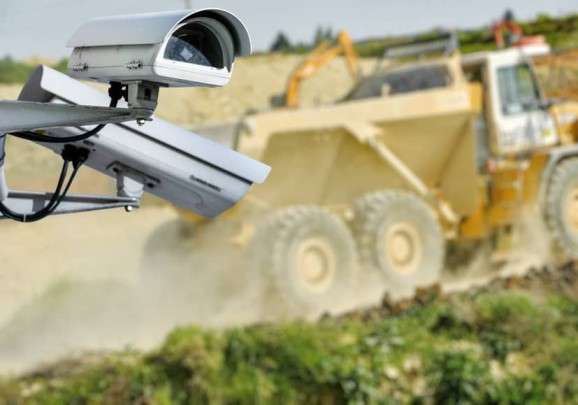When considering the installation of security cameras, homeowners and businesses alike face a myriad of choices and technical considerations. The decision to install surveillance equipment can significantly enhance security, deter crime, and provide crucial evidence should an incident occur.
However, the effectiveness of a security system hinges on choosing the right cameras and implementing them correctly. This article explores the essential factors to consider when setting up a security camera system, highlighting how options like Verkada Security Cameras can integrate into your security planning.
Understanding Your Security Needs
Assessing the Environment
The first step in selecting the right security cameras is to thoroughly assess your environment. This involves understanding the specific areas that require monitoring, such as entry points, high-traffic areas, and secluded spots.
Environmental factors such as lighting conditions and weather exposure are also crucial. Cameras placed outdoors need to withstand environmental elements like rain, snow, and extreme temperatures, while indoor cameras may need different features based on lighting conditions and aesthetics.
Determining Camera Coverage
Determining the scope of coverage required is pivotal. This includes deciding on the number of cameras needed and their placement to ensure comprehensive coverage without blind spots.
Wide-angle lenses might be necessary to cover larger areas, while more focused fields of view might be suitable for smaller, more specific locations. Strategic placement not only maximizes the area of visibility but also enhances the overall effectiveness of the surveillance system.
Choosing the Right Type of Camera
Fixed vs. Pan-Tilt-Zoom (PTZ) Cameras
Fixed cameras are the most common type, providing a constant view of a particular area. They are ideal for locations that require continuous monitoring of specific points.
On the other hand, PTZ cameras offer the flexibility to pan, tilt, and zoom in on different areas of a scene. They are particularly useful for covering large spaces where the field of vision might need to be adjusted dynamically.
Resolution and Image Quality
High-resolution cameras are essential for capturing clear and detailed images. This is particularly important if the footage needs to be used for identifying individuals or license plates.
Modern security cameras, including models like Verkada Security Cameras, offer high-definition video quality that ensures finer details are visible and distinguishable.
Night Vision and Low-Light Cameras
Considering the lighting conditions under which the cameras will operate is essential. For areas with low light, choosing cameras with night vision or enhanced infrared capabilities is crucial. These cameras can capture clear video in poor lighting conditions, ensuring round-the-clock surveillance effectiveness.
Integration and Connectivity
Wireless vs. Wired Systems
The choice between wired and wireless systems depends on the specific needs and layout of the area being monitored. Wired systems are generally more reliable and can handle larger amounts of data with higher stability.
Wireless systems offer easier installation and flexibility but may be subject to interference and require strong security protocols to prevent hacking.
Smart Features and Accessibility
Today’s security cameras often come with smart features such as motion detection, mobile alerts, and remote accessibility. These features allow for real-time monitoring and alerts, enhancing the responsiveness of your security system.
For instance, motion detection can trigger recordings or notifications, ensuring that all relevant events are captured and reviewed promptly.
Legal Considerations and Compliance
Understanding Surveillance Laws
Before installing security cameras, it is important to be aware of local laws and regulations regarding surveillance. This includes privacy laws that might restrict recording in certain areas without consent.
Ensuring compliance with these laws is essential to avoid legal repercussions and to maintain ethical surveillance practices.
Conclusion
Installing security cameras is a proactive step towards enhancing security. By understanding your specific needs, choosing the right type of camera, and considering factors like integration, connectivity, and legal compliance, you can create an effective surveillance system. Brands like Verkada Security Cameras offer a range of products that can meet diverse security needs, providing peace of mind through enhanced monitoring and protection.
By carefully considering each of these aspects, you can ensure that your security camera installation is as effective and efficient as possible, tailored to your unique security requirements.

As the editor of the blog, She curate insightful content that sparks curiosity and fosters learning. With a passion for storytelling and a keen eye for detail, she strive to bring diverse perspectives and engaging narratives to readers, ensuring every piece informs, inspires, and enriches.










